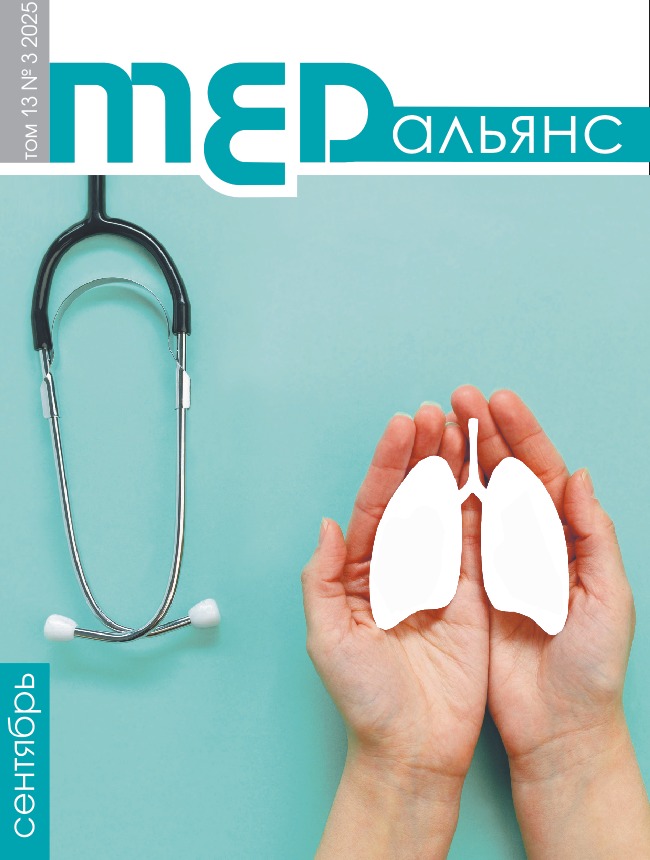Abstract
Progress in computer medical technologies opens new possibilities to improve diagnostic accuracy, forecasting and management of COPD patients. Маterials and methods. A search was conducted for the studies in whichthe algorithm for COPD computer diagnostics was applied. Results. Most often the following methods are used, support vector machine, or SVM, boosting, random forest, logistic regression, and decision tree. The support vector machine was applied to monitor 135 COPD patients in the course of 363 days with the aim of forecasting hospitalisation. Machine learning algorithm based on 57,150 episodes provided ROC- curve (AUC) 0.74 (95% CI 0.67–0.80). CatBoost Model with the inclusion of attributes (sounds) from electronic stethoscope was mostly effective: AUC 0.9721, 95% CI: 0.9623–0.9810. The analysis of CatBoost Model in this study showed that the attributes from electronic stethoscope are of greater importance than those from portable spirometer. The boosting method was used when analyzing data of in-ear photoplethysmography (PPG) signal: in case of COPD the duration of inhalation decreased, while the amplitude of inhalation increased compared to the amplitude of exhalation. These differences ware used to diagnose COPD and for COPD and idiopathic pulmonary fibrosis differential diagnostics. Sensitivity and accuracy of the model amounted to 87% and 92%, respectively. Conclusion. Computer technologies and computer diagnostic algorithms have a broad range of applications, they increase the accuracy of medical decisions. Future studies are to be focused on raising the interpretability of the computer diagnostic models and checking these algorithms in the clinics.

